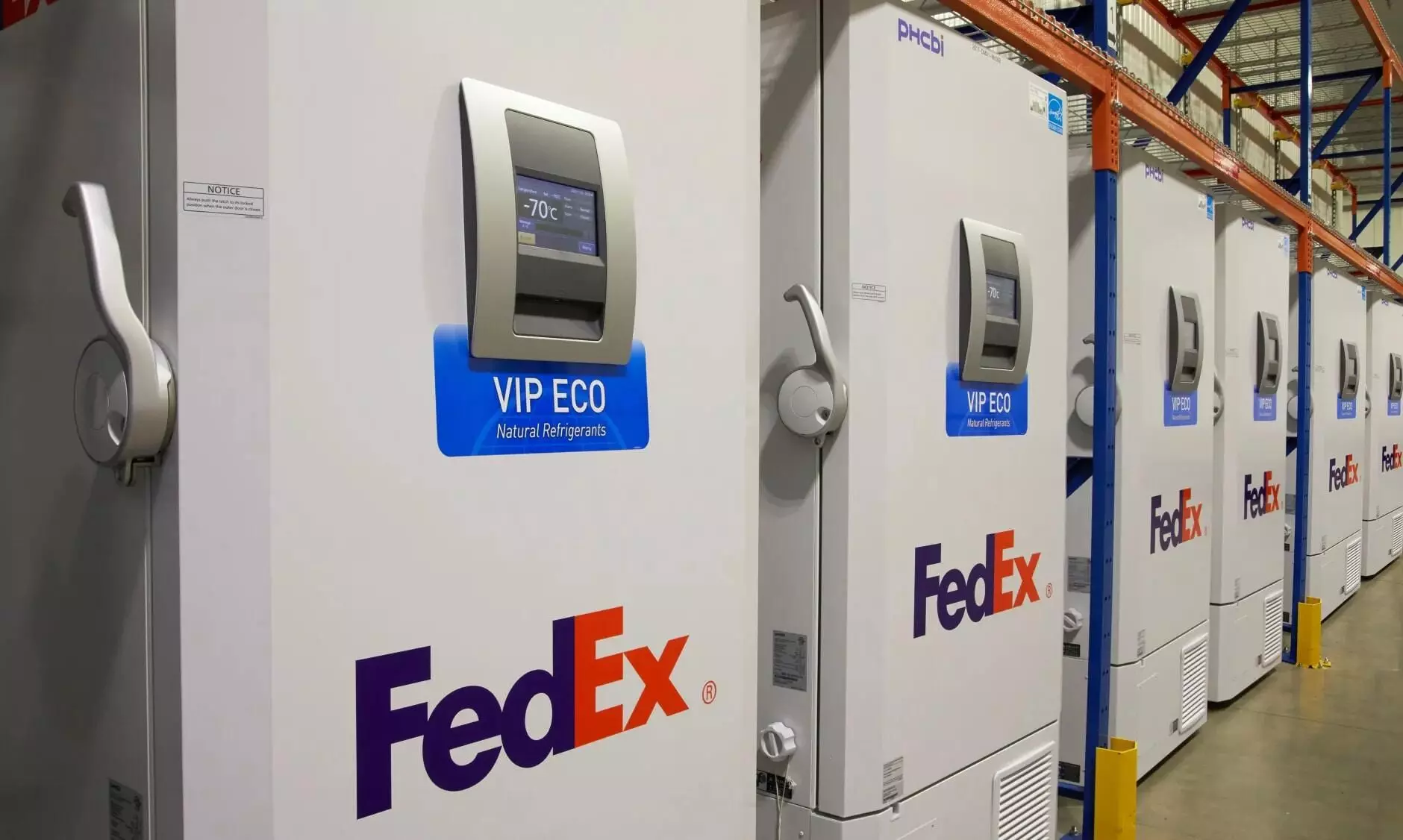
FedEx Q1FY2025 net income drops 27% on low demand
FedEx has revised its 2025 outlook, and now expects a low single-digit percentage revenue growth rate year over year.

FedEx reported a 27 percent decline in net income at $790 million for the first quarter of fiscal 2025 (quarter ended August 31, 2024) on marginal decline (0.5 percent) in revenue at $21.6 billion on mix shift, which reduced demand for priority services, increased demand for deferred services and constrained yield growth.
"In addition, higher operating expenses and one fewer operating day negatively affected the quarter’s results. A reduction of structural costs from the company’s DRIVE programme initiatives partially offset these factors," says an official release.
Raj Subramaniam, President and Chief Executive Officer, FedEx says: "Despite a challenging quarter, we remain focused on transforming our network, improving our efficiency, lowering our cost-to-serve, and enhancing our ability to adapt with speed to evolving market dynamics. Overall, I remain confident in the value creation opportunities ahead as we focus on reducing our structural cost, growing revenue profitably, and leveraging the insights from our vast collection of data as we continue to build the world’s most flexible, efficient and intelligent network.”
FedEx Ground and FedEx Services were merged into Federal Express on June 1,2024, becoming a single company operating a unified, fully integrated air-ground express network, the release added.
Outlook
FedEx has revised its fiscal 2025 revenue and earnings forecasts, and now expects a low single-digit percentage revenue growth rate year over year compared to the prior forecast of a low-to-mid single digit percentage increase.
Earnings per diluted share is likely to be $17.90-$18.90 before the MTM retirement plans accounting adjustments compared to the prior forecast of $18.25 to $20.25 per share, the release added.
FedEx has reaffirmed permanent cost reductions from the DRIVE transformation programme of $2.2 billion, and capital spending of $5.2 billion "with a priority on investments in network optimisation and efficiency improvement, including fleet and facility modernisation and automation."


